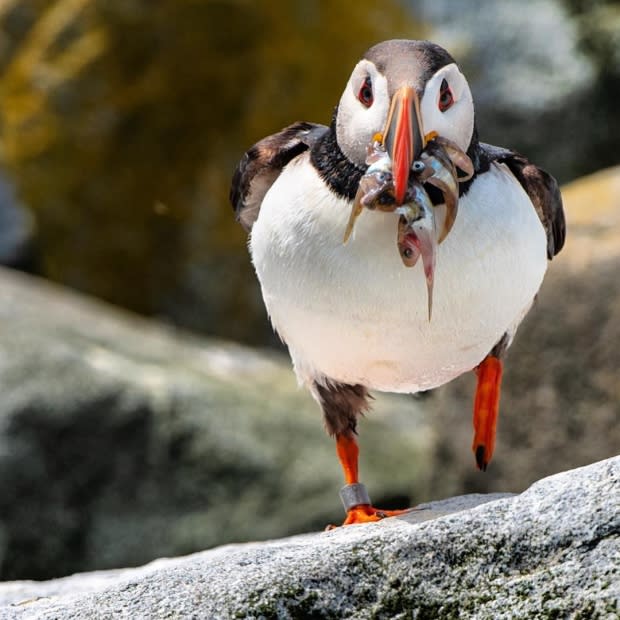Wing some, lose some: Good news — and bad — for N.L. bird populations
A new report about the state of bird populations in Canada had both good news and bad news for Newfoundland and Labrador.
Both the progress on previously struggling bird species and the continued stability of other populations like waterfowl show why proactive approaches are so important, said Megan Lafferty, the Nature Conservancy of Canada's program director for Newfoundland and Labrador.
"Conservation really works when it's integrated with the economy, with policy, and with daily lives," Lafferty said.
"That proactive planning is something we really have the opportunity to do here in Newfoundland and Labrador, and I think we can really take advantage of that."
The 2019 status report, released last week by the North American Bird Conservation Initiative, examined populations trends over nearly five decades for 449 bird species.
The good news
The good news, Lafferty said, is that waterfowl and wetland birds — both important populations in this province — are doing well.
Much of the success for those birds is the result of collaboration between Canada, the United States and Mexico, she said, as well as between different levels of government and different organizations working on bird and habitat conservation.

"This year actually marks the 30th anniversary of the North American Wetlands Conservation Act," she said.
Sea birds are more difficult to track, Lafferty said, because they travel such large distances and because they spend a lot of time on the ocean. But there is evidence that species like puffins and petrels are doing well here, as compared to populations in places like Iceland and the Faroe Islands.
Both locals and tourists get a lot of enjoyment from these birds, Lafferty said, and some people travel to the province specifically to see species like puffins.
"'With that ability to see these birds, we also have a responsibility to take care of them."
Species at risk
However, other bird populations here and across Canada are facing challenges.
Birds of prey are recovering, Lafferty said, after being affected by pesticides like DDT, but some of those species had reached the brink of extinction.

Shorebirds like sandpipers, however, have declined by about 40 per cent. In this province, many songbirds are forest birds and two of those species — the olive-sided flycatcher and the red crossbill — are at risk.
There are things that can be done on an individual level to protect the species that are doing well and to help those that are not recovering, Lafferty said. Reducing plastic use, planting native plants that provide shelter and habitat for birds, and keeping songbird-hungry cats inside are helpful.
More widely, she said, we need to look at measures like habitat conservation, reducing plastics and marine debris, and remediating or restoring lost and damaged habitat.
"We see species that were doing poorly that are now seeing huge increases in their populations, and that really is a cause for celebration," Lafferty said.
"This report is concerning and definitely a call to action, but I think the positive highlight to take from it is that if we work together to take these conservation initiatives we can make a big difference."
Read more from CBC Newfoundland and Labrador


